You will need:
- A cardboard box
- Scissors, a ruler, a pencil, paper and tape
- A box of water bottles
- Two wooden kebab sticks and a plastic straw
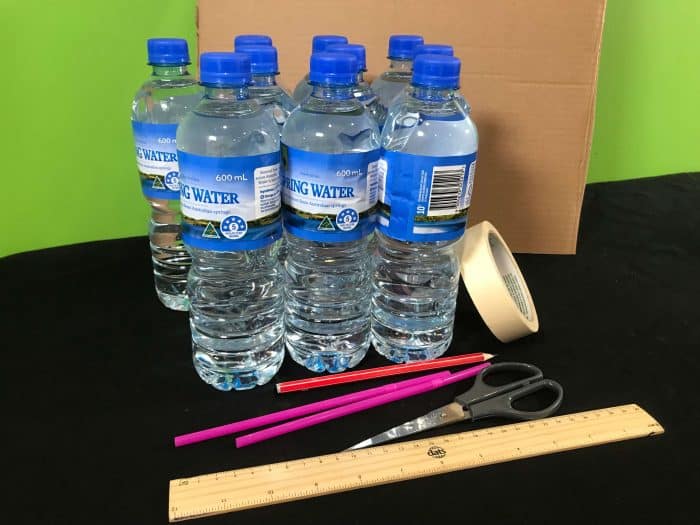

Measure the width of your water bottle row where the sides are straight (avoid the neck of the bottle). Whatever the width, subtract at least 30mm off that number so that your square wheel car has enough room to move along the water bottle track.

Cut out a cardboard rectangle for the base of your car. You need to use the width of the water bottles minus 30mm as calculated above for the width of your rectangle. For the length you need enough it would be worth making it the side length of the wheels multiplied by 3 so you have lots of clearance for both sets of wheels to spin next to each other.
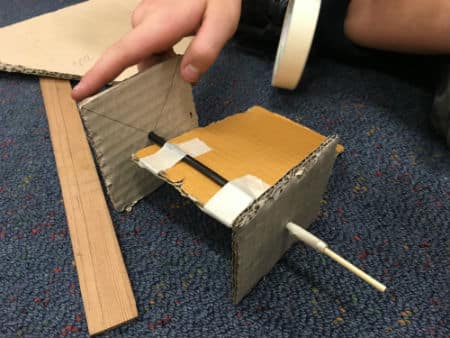
Cut your plastic straw in half & tape each half of the straw on the base of car securely.
This straw needs to act as the housing of your kebab stick wheel axles. It’s best to make sure that this straw is aligned squarely with cardboard base (you can use a protractor if you’d like to check that these angles are 90 degrees!).
Slide your kebab stick with the cardboard square through the straw and then add another square on the other side. You’ve made the first axle with square wheels!
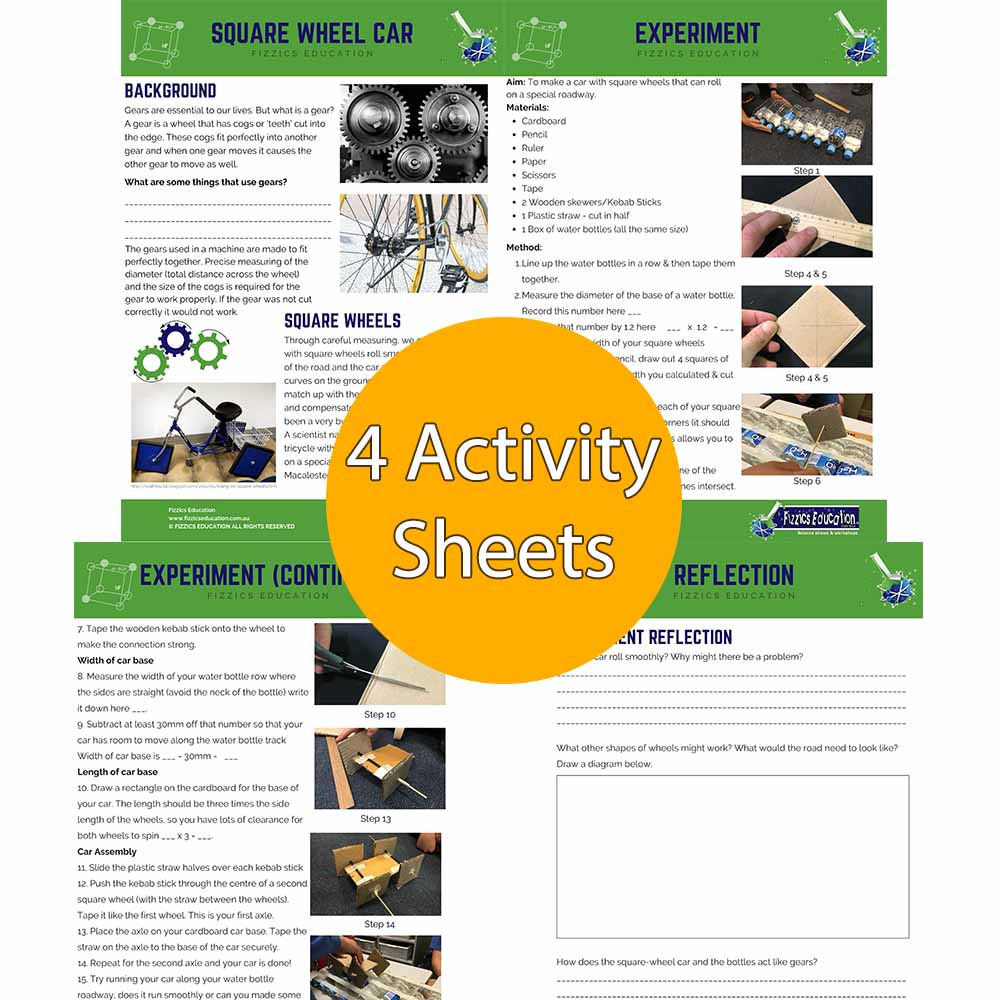
Go further – buy 4 x student activity sheets as extension worksheets.
This student science booklet has been created by experienced science educators from the Fizzics Education team.
Use these student worksheets as blackline masters for your science class!
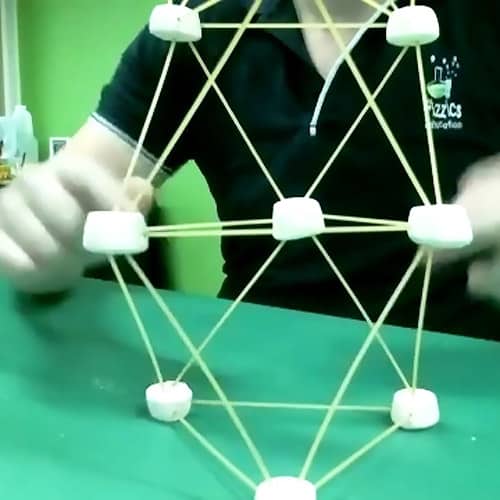
School science visits since 2004!
– Curriculum-linked & award-winning incursions.
– Over 40 primary & high school programs to choose from.
– Designed by experienced educators.
– Over 2 million students reached.
– Face to face incursions & online programs available.
– Early learning centre visits too!
What is going on?
There is a fair bit of mathematics hidden behind this experiment. You’ll also have seen that the car base didn’t move up and down but rather moved along the track at the same height the whole time. This is because the square wheels followed the dips and rises of the curved water bottles exactly, making the axles of the car not move up and down vertically at all. The line that each edge of the square wheels were following is called a catenary curve.
As your square wheel moves along the curved track you’ll notice that the sides of the square follow the curve of the water bottle without jamming into the bottles. This is the same issue engineers have to sort out when meshing gear teeth together.
The mathematics can be daunting for younger kids but great to follow through with high school math students. The Exploratorium has done a neat summary of the mathematics. Note that l is the side of the square wheels and d is the diameter of the water bottles.
Working Mathematically
Years 3 to 6
Maximum 30 students
School workshop (NSW only)
90 minutes or Full Day
Online Class Available
STEM Full Day Accelerator - Primary
Designed from real classroom experiences, this modular day helps you create consistently effective science learning that directly address the new curriculum with easily accessible and cost-effective materials.
Hands-on Kids Science Party
>20 hands on science experiments
Gigantic bubbles
Slime making
Professional science show
From $395 inc. GST

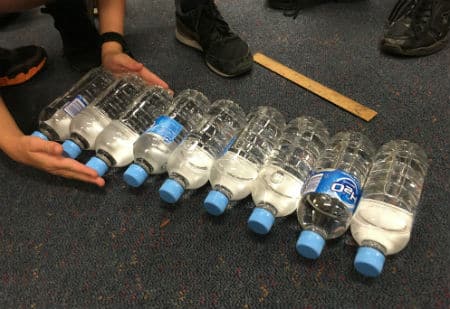
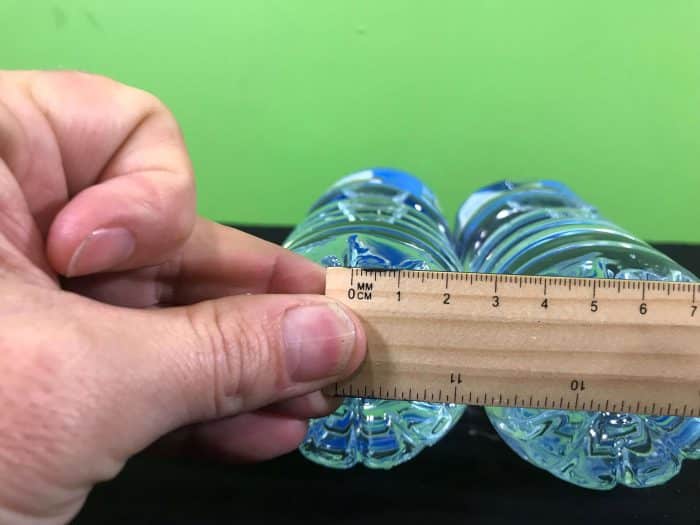
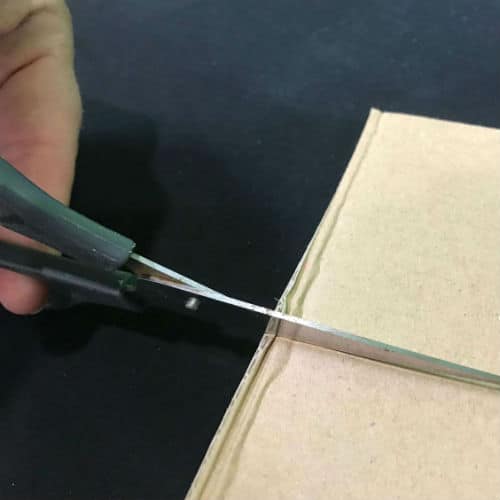
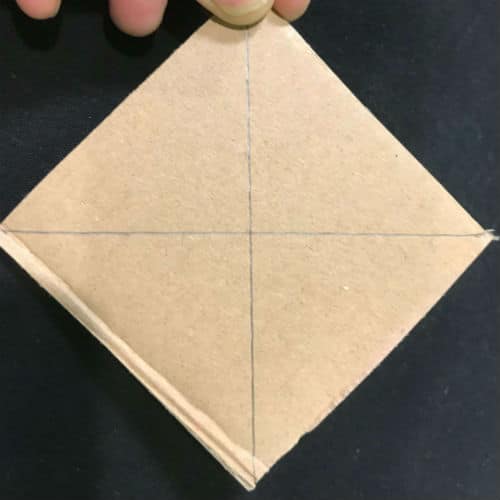
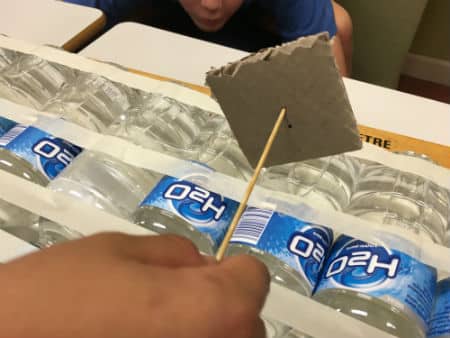
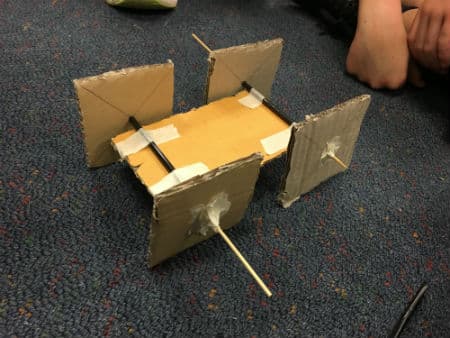
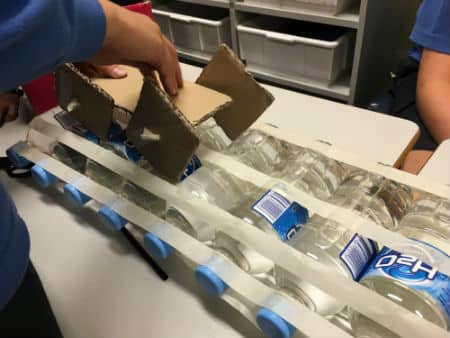

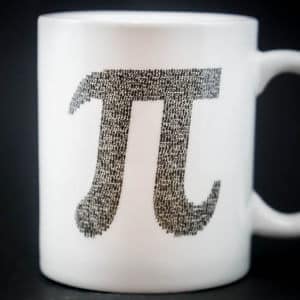























Comments